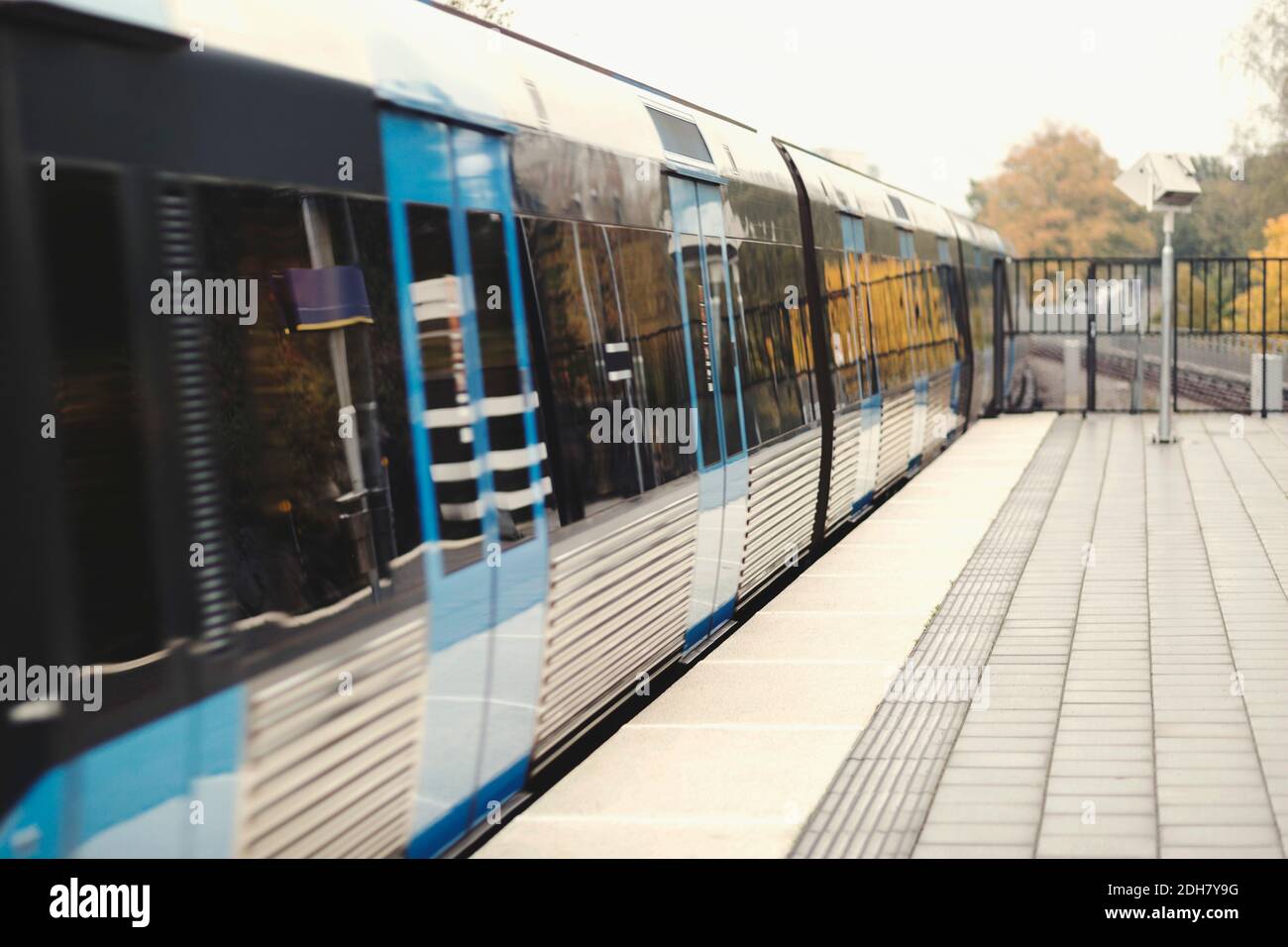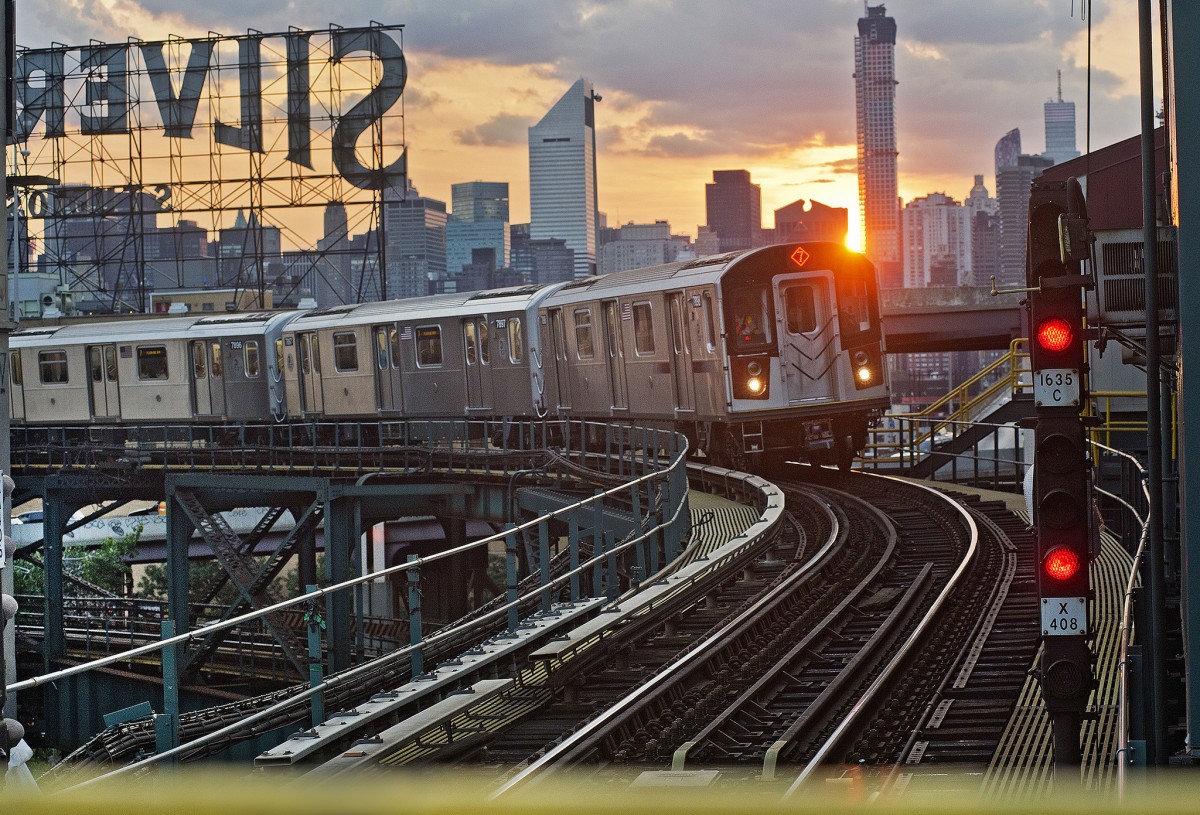

Using a study of seating and standing capacity (update : this is a non-link-rotted version of the study), we can get exact figures for average space per standee, assuming all seats are occupied: Line Those have 3.6-3.8 square feet per passenger, or about 3 passengers per m^2, counting both seated and standing passengers actual crowding among standees is higher, around 4 passengers per m^2. The three most crowded lines entering the Manhattan core, measured in passengers per floor area of train, are the 2/3, 4/5, and L. The Hub Bound Report has data on peak crowding into the Manhattan core, on table 20 in appendix II. However, the L train is atypical of New York. The L train has serious crowding problems, coming from lack of electrical capacity to run more than 20 trains per hour per direction (the tracks and signals can handle 26 trains, and could handle more if the L train had tail tracks at its 8th Avenue terminal). I responded by talking about rents, but in a way my response conceded too much, by focusing on Williamsburg. Neighborhoods and cities are in spatial equilibrium! Just like people are leaving in response to the shutdown. Like, if upzone Williamsburg, people who move into new housing aren’t going to try to ride the L–they’ll only come if they can walk/bike or ride in off-peak direction. A large number of folks underestimate the self-regulation of NYC housing–it just can’t get that bad, because people can always just move to Philly People are not going to be willing to pay market rents for places they can’t commute from. Nicole argued instead that no, there’s no room for population growth, because the subway is at capacity. Stephen made the usual YIMBY point that New York can expect more population growth in the near future.

But then some people make a stronger claim saying that the entire system is at capacity and not just parts of it, and that’s just wrong.Ī few days ago there was an argument on Twitter involving the Manhattan Institute’s Nicole Gelinas and Alex Armlovich on one side and Stephen Smith on the other. A few weeks ago the NY Times quoted Riders Alliance campaign manager Rebecca Bailin saying “Our system is at capacity” and “subways are delayed when people can’t fit in them.” So far so good: some parts of the subway have serious capacity issues, which require investment in organization and electronics (but not concrete) to fix. Last year, the New York Times ran an article that repeated the MTA’s claims that growing delays come from overcrowding ( which they don’t). It seems to be common wisdom that the subway in New York is at capacity.


 0 kommentar(er)
0 kommentar(er)
